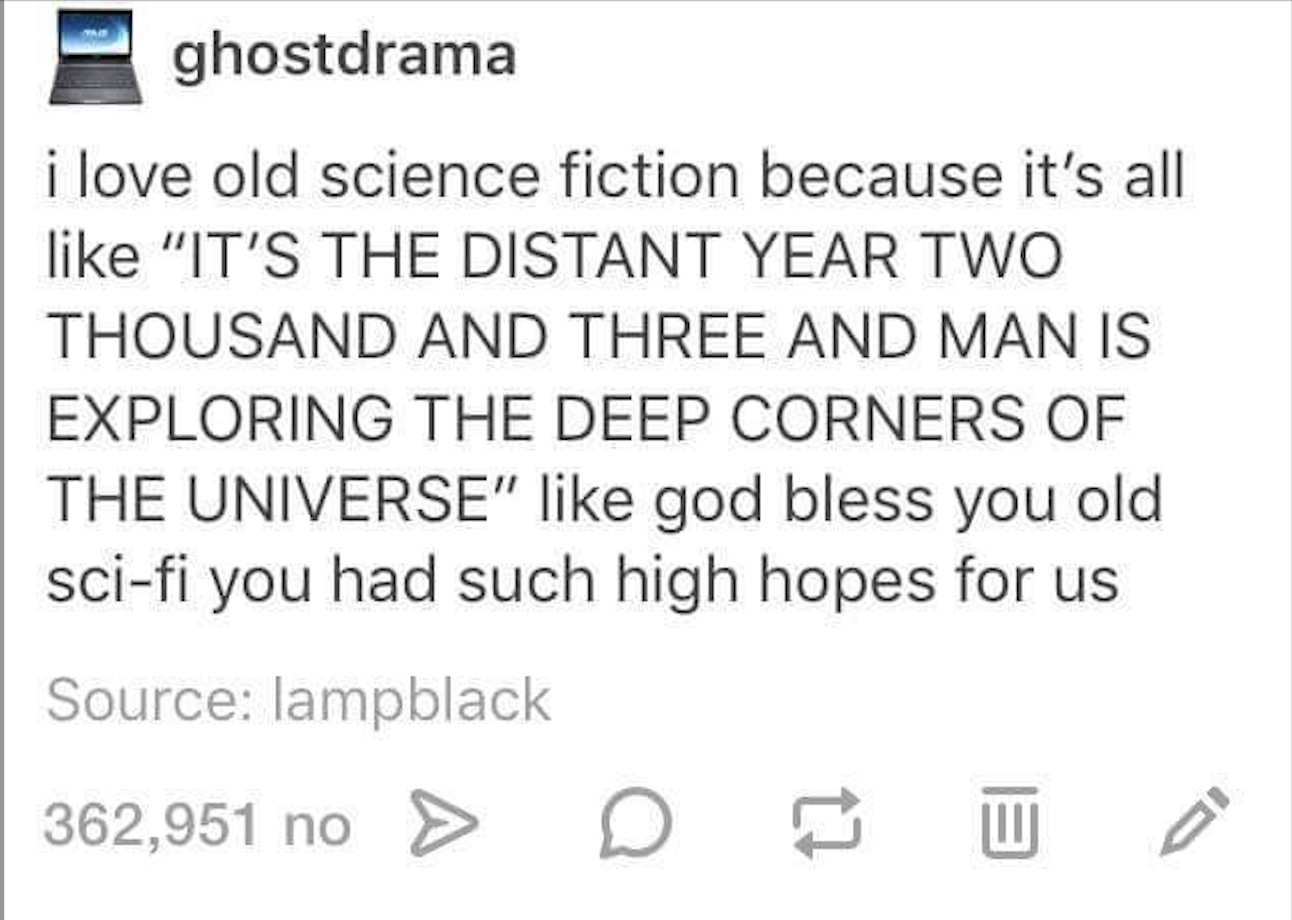One of the tropes of the internet that I really enjoy is the concept of “relevant xkcd”. As it turns out, when you spend nearly two decades publishing three comics a week, you wind up covering a staggering variety of topics, to the point that pretty much any topic will have a relevant xkcd to link to. And, in thinking about that, I’m amazed all over again at Randall Munroe’s work; there is so much xkcd. Thousands of comics… and they aren’t always stick figure things, a few times a year it’ll some sort of complex piece of software, or a gigantic world to explore, or some other exploration of what a “webcomic” really is in light of the technology of the web.
Anyhow, that’s all a digression, because in the spare time he’s apparently got from all of the above, he’s also had time to write a couple books, and all the ones I’ve read are delightful. A couple years later, I’m back to report on the sequel of the last one I reviewed, and it’s… exactly what the title implies. More “absurd hypothetical questions,” answered with a great deal of research. “Can a person eat a whole cloud?” Well, that depends — are you squeezing the air out first? If so, you can! If not, definitely no, and you may actually wind up dehydrated amidst a larger cloud than you started with.
It’s all things like that, and it really shows that Munroe is, in his way, a very effective science communicator. This feels like a great book to give to a curious kid to encourage that curiosity, and get them to ask some really interesting questions in class.1 It’s a delight, and, in the truest sense, fun for all ages. I absolutely loved this book; give it a read.2
- And, based on the notes in some of the questions submitted, a great many of those will quickly be directed back to Munroe, for a continuation of the series. ↩
- This is a Bookshop affiliate link – if you buy it from here, I get a little bit of commission. It won’t hurt my feelings if you buy it elsewhere; honestly, I’d rather you check it out from your local library, or go to a local book store. I use Bookshop affiliate links instead of Amazon because they distribute a significant chunk of their profits to small, local book stores. ↩
